July 3, 2023 • Story written by Jack Roberts
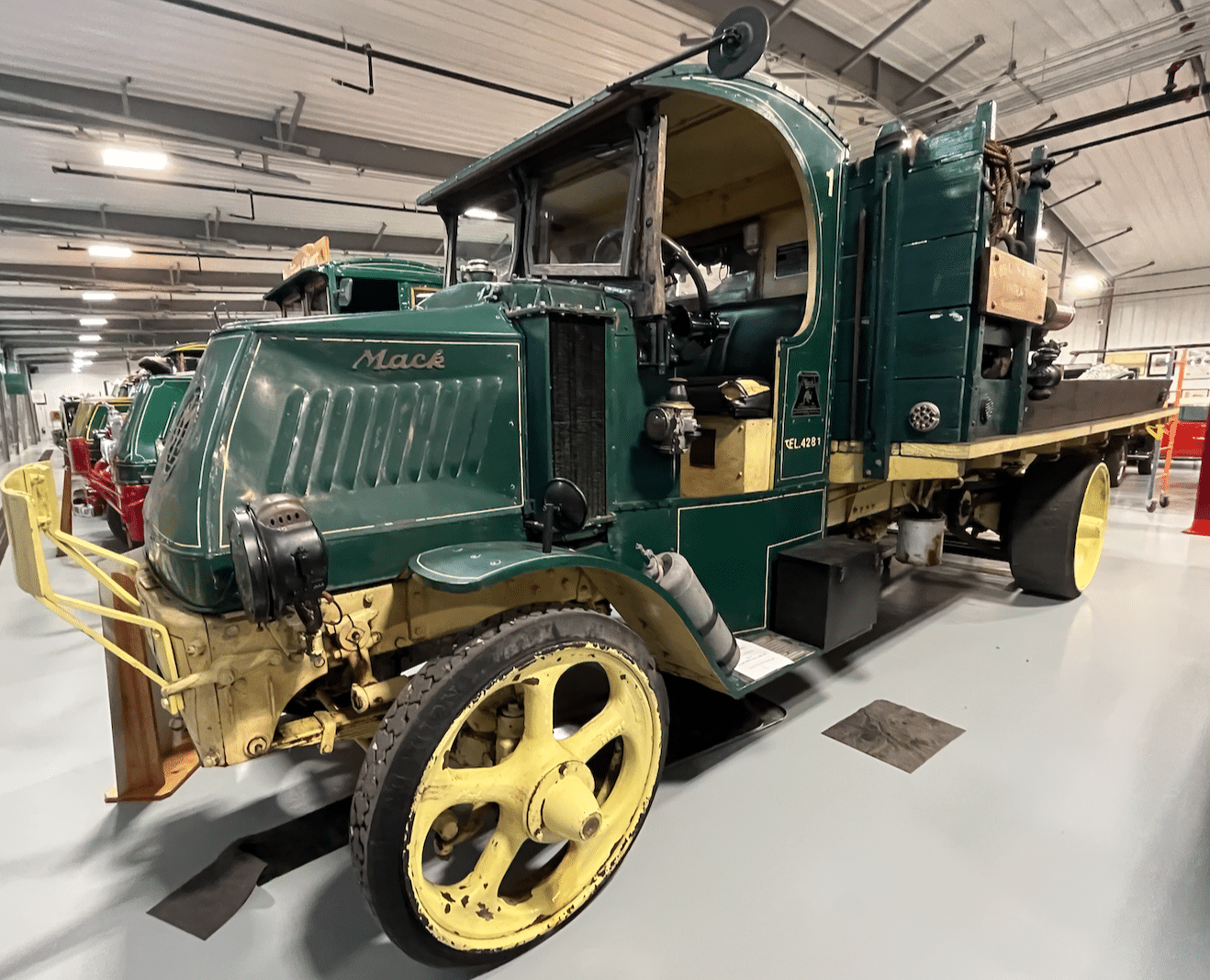
The earliest motor trucks – often called “commercial cars” at the time – often weren’t much more than a powered farm wagon. But by the mid-1910s, the basic design of the modern truck was starting to come into focus.
The company founded by two brothers, John and Augustus Mack, was an early commercial vehicle innovator, building its first dedicated truck in 1900. And by 1916, the Mack Truck Company, in Allentown, Pennsylvania, was ready to build on the lessons it had learned and take truck design to the next level. In 1916, Mack introduced its all-new AC model – a truck that would make its mark in the history books.
An Advanced Design for the Time
The Mack AC design is credited to the company’s chief engineer at the time, Ed Hewitt. His new truck was a two-wheel drive, two-axle vehicle that was so advanced for its time that 18 different patents were granted pertaining to various features on the truck. The AC came in three different sizes with payloads of 3.5, 5.5- and 7-5-ton payload capacities.
Power was delivered by a four-cylinder gasoline engine that cranked out a whopping 74 horsepower. In keeping with the advanced design of the AC, the engine featured a host of features, including an aluminum crankcase, a governor integrated into the camshaft timing gear and a three-speed manual gearbox with a clutch brake.
The AC featured a chain-drive powertrain (although a later, specialized, AK model variant experimented with an early driveshaft design). The chassis was cast from chrome-nickel steel that was heat-treated for added strength and durability.
Like any truck in 1916, the AC rode rough thanks to solid-rubber tires. And the driver and passenger sat exposed to the elements in an all-steel cab. A canvas roof was standard. But you could spec an all-metal roof for added protection.
One nod to driver ergonomics was the new steering wheel design. Most vehicles at the time featured a steering wheel sticking straight up out of the floor. This meant that steering a truck was akin to rotating a dinner plate on a table back and forth. But the Mack AC steering wheel extended out of the firewall at a 45-degree angle, giving drivers a much more comfortable and natural feel when driving.
But most striking of all was the truck’s blunt, pugnacious front end, dominated by a combination Mack logo and grill. Additional cooling louvers were cut into the sides of the hood to feed additional air to the AC radiator, which was mounted behind the engine.
The Bulldog is Born
The AC was an immediate hit for Mack in the U.S. But the design quickly captured the eye of the British Army as well.
World War was raging in Europe, with Great Britain and France locked in an epic struggle with Germany. The war had begun in 1914 with horse-drawn wagons bringing supplies up to the front lines. But increasingly, the French and British armies were turning to modern motor trucks to expedite the movement of materials. And the British liked what it saw in the Mack AC. Within months, the Mack AC was in France in British colors, hauling everything imaginable – even light tanks, searchlights and antiaircraft guns.
And the British soldiers — “Tommies” as they were called — absolutely loved the rugged American heavy truck. Before long, they started calling the blunt-nosed heavy-haulers “Bulldogs” in a nod to both their toughness and pugnacious front-end.
The British Army ordered around 2,000 Mack ACs. These were followed by another 4,500 in U.S. Army colors when America entered the war in 1917.
Before long, the Mack AC was universally known as the “Bulldog” in both armies. The name stuck. In 1922, Mack officially adopted the Bulldog as its corporate symbol. Over time, the Mack Bulldog would become an icon in its own right — one that still adorns every Mack truck built today.
A Truck for the Ages
The Mack AC was such a solid design that it remained in the Mack stable until 1938. And World War I isn’t its only page in the history books. Tough Bulldog ACs were commonly featured in newsreels in the 1930s helping crews build both the Golden Gate Bridge and Hoover Dam. The truck became closely associated with both massive projects in the minds of Americans.
The AC remained in service long after Mack ceased production. Indeed, ACs were a common sight in American cities and on jobsites well into the 1950s and 1960s.
It could be argued that in many ways, the Mack AC set the template in place for the design of modern, heavy-duty commercial vehicles. Moreover, its service and subsequent reputation in Europe during World War I gave it an international presence that influenced truck-builders all over the globe.
The Mack AC was one of the most important truck designs in the history of motorized freight. It is a truck that unquestionably holds a place of honor as one of the greatest American trucks to ever hit the road.
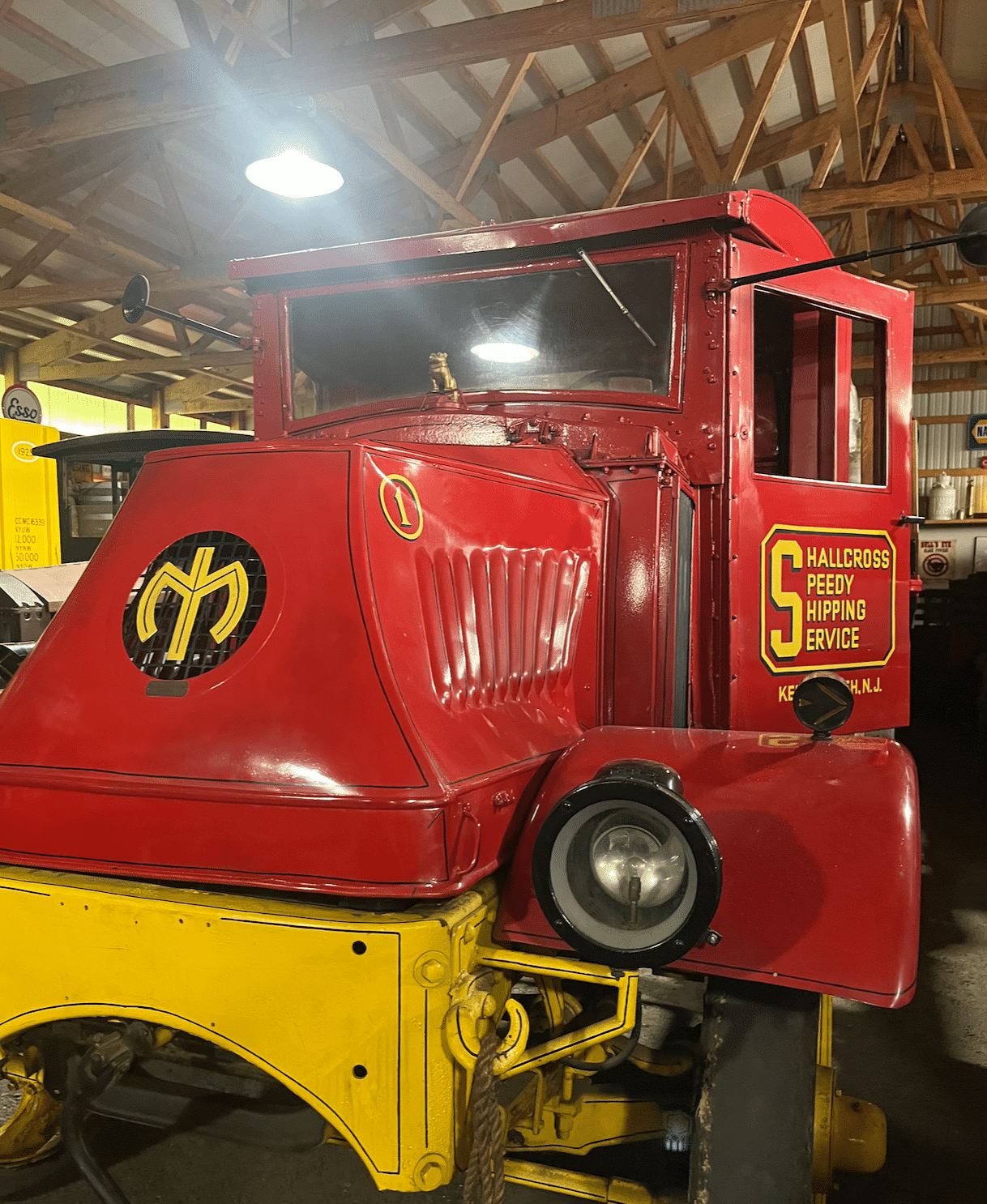
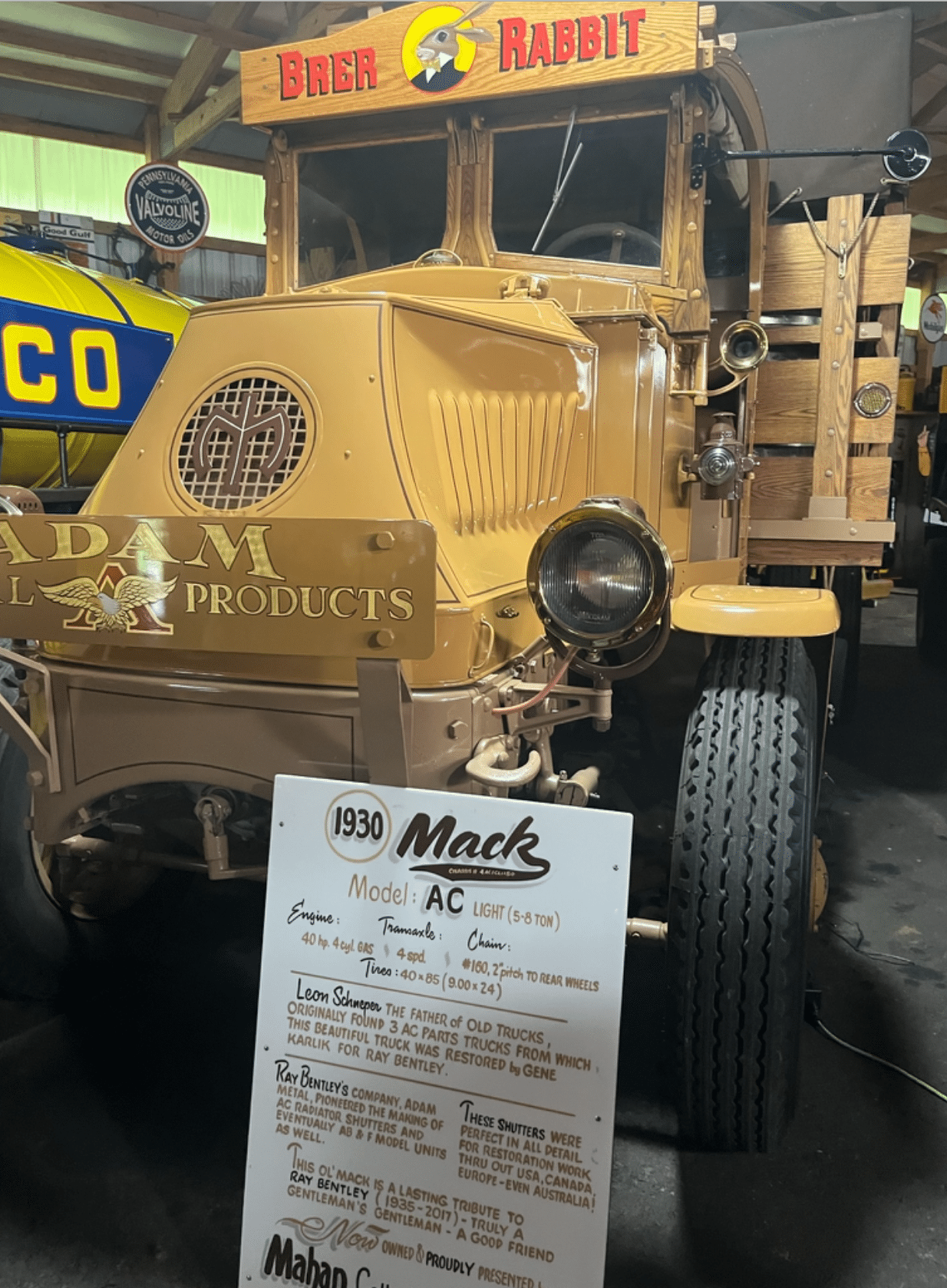
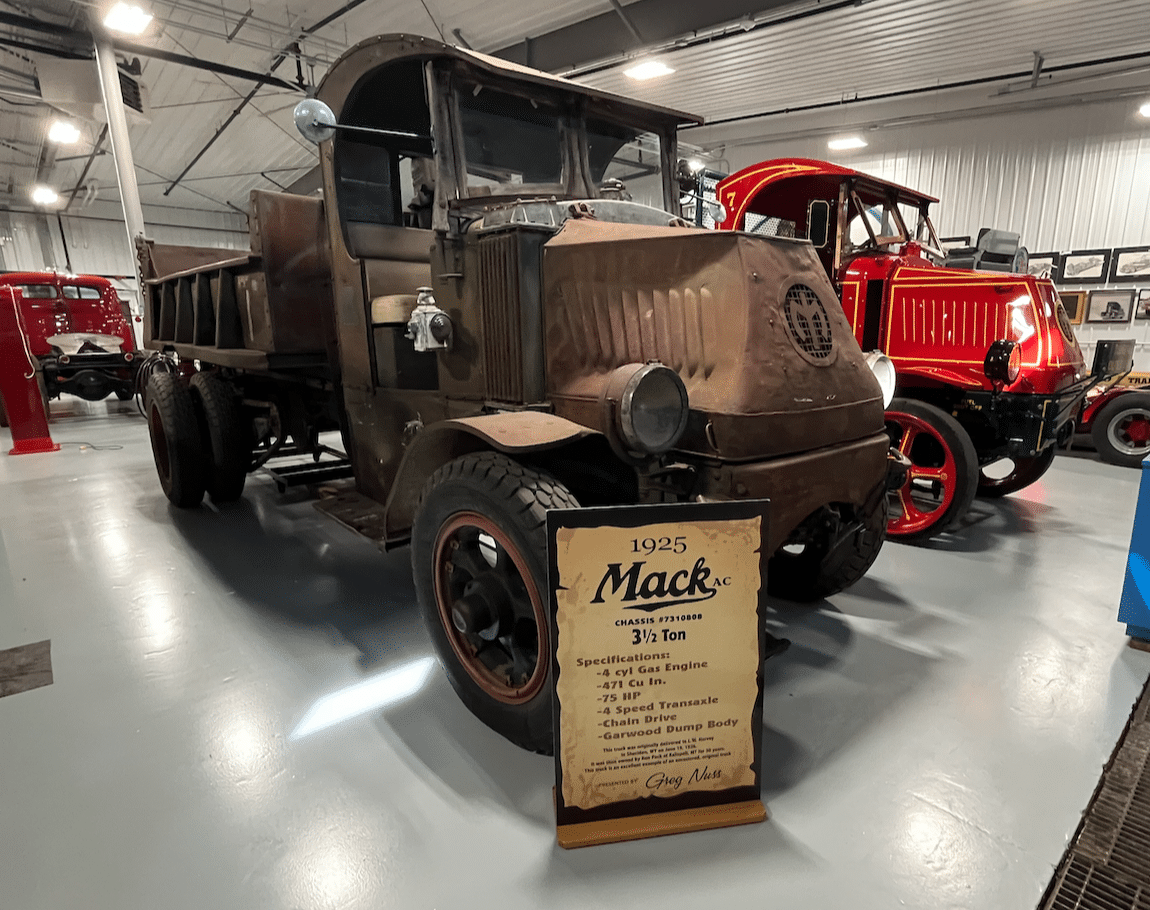
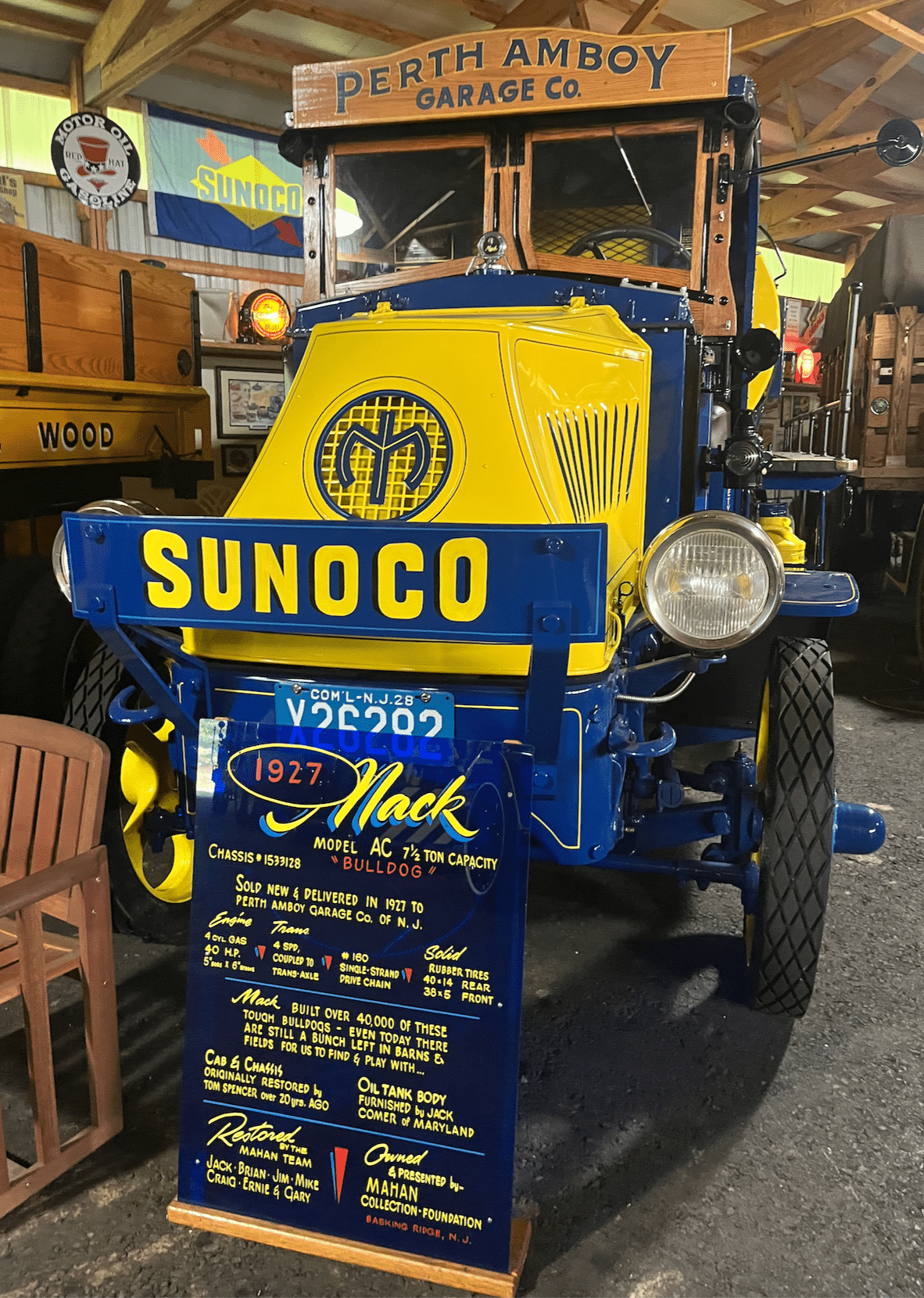
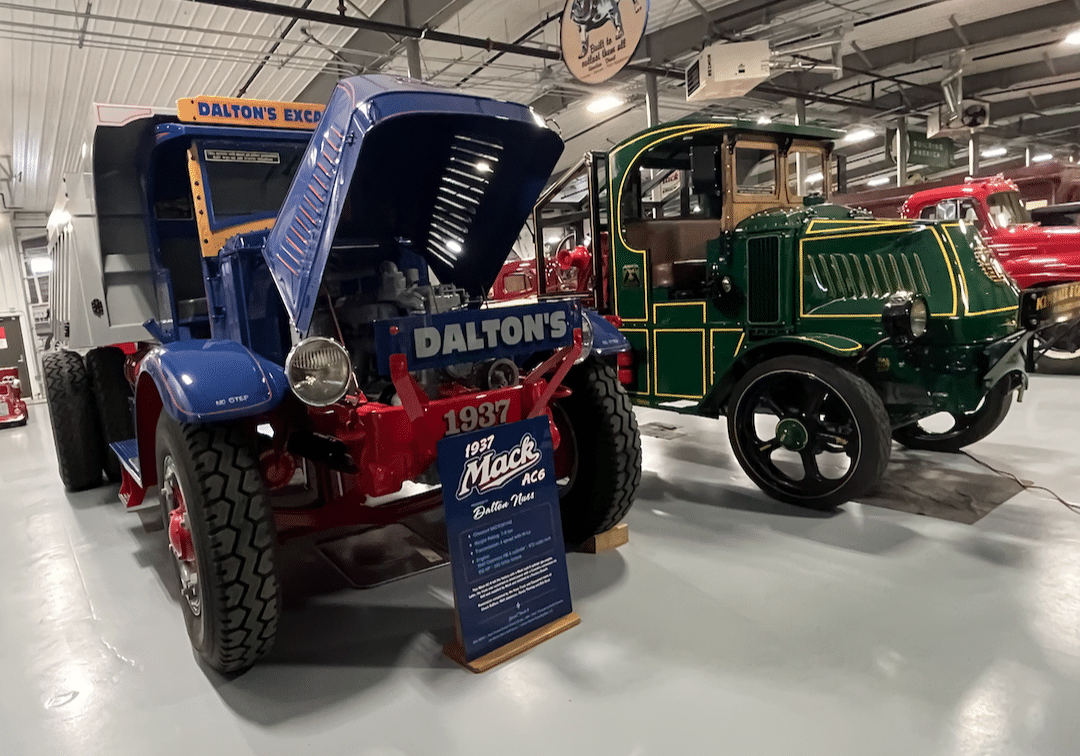
Photos: various photos of restored Mack AC trucks from the Nuss Collection in Rochester, MN and Gary Maham collection in New Jersey. Photos provided by the Nuss Collection.

